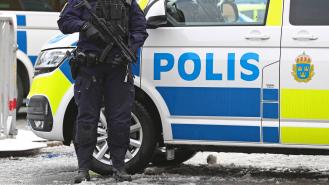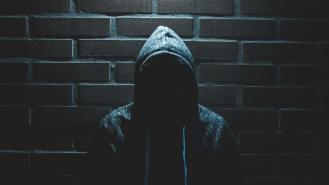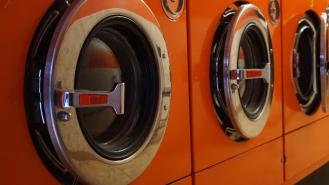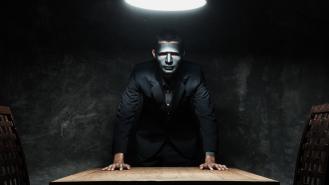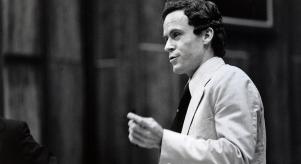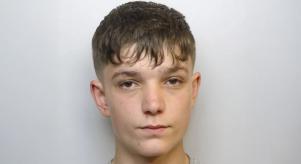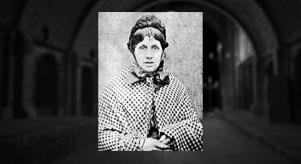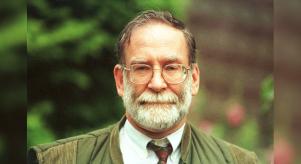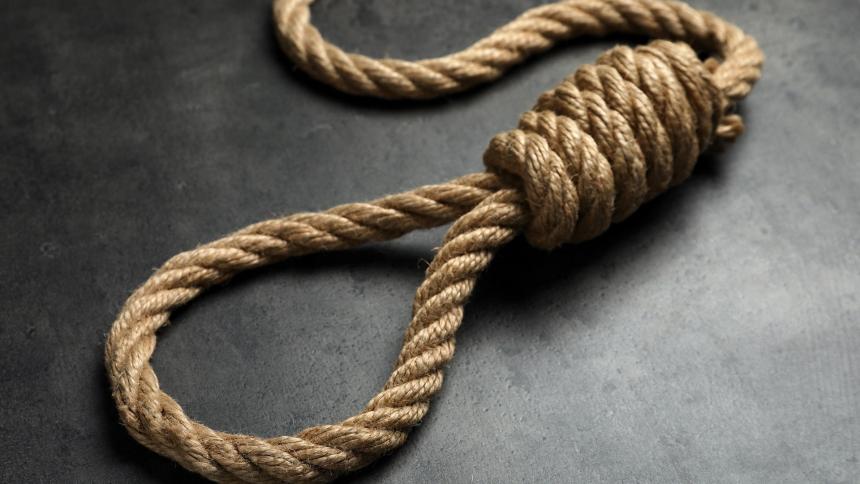
The mysterious death of 'God's Banker'
On the morning of 17th June 1982, a postal clerk was walking by Blackfriars Bridge in London when they made a grim discovery. There, hanging from scaffolding under the famous bridge, was a dead man.
Barefoot but wearing an expensive-looking grey business suit and waistcoat, Met Police discovered what turned out to be a forged passport bearing the name ‘Gian Roberto Calvini’ inside the man’s jacket pocket. Investigators quickly discovered the true identity of the corpse. It was Roberto Calvi, known in his native Italy as ‘Banchiere di Dio’, or ‘God’s Banker’. An infamous figure, to say the least.
Not much was known of the 62-year-old’s incredible - almost unbelievable - backstory in this country. Back home, however, he was quite the character. As tales of his life and death came to light, they shocked the world.
A top banker and a money launderer, Roberto Calvi had ties to the Mafia, The Freemasons, intelligence services, the Vatican and even the Pope himself. He was involved in hundreds of millions of pounds’ worth of illicit business transactions, something which contributed to his mysterious demise.
Who was Roberto Calvi?
A married father of two born in April 1920, Roberto Calvi followed in his father's footsteps after the Second World War and became a banker. He joined Signor Calvi Sr.'s Banca Commerciale Italiana before moving to Banco Ambrosiano, which was - at the time - Italy's second-largest bank.
He quickly rose to the position of personal assistant and trusted right-hand man to Carlo Alessandro Canesi, a head honcho and later president of Banco Ambrosiano. By 1971, Calvi was the bank's general manager. Four years later, he became chairman. So far, fairly uninteresting. Until 1978, at least.
The Banco Ambrosiano scandal
Roberto Calvi had overseen serious expansion, with Ambrosiano acquiring other banks and financial organisations during his tenure. The institution, which had always played up its Christian ethics and associations with Catholicism, was a ruthless outfit. Some said Calvi ran the bank almost like a criminal organisation, not unlike the Mafia. Those people didn’t know how accurate such throwaway comments were.
In ‘78, the scandal broke. Banco Ambrosiano was dirty. Bank fraud, illegal exportation of currency, money laundering, and arms financing to the Argentines during the Falklands War. The bank - under Calvi’s stewardship - was up to all sorts of nefarious business. It eventually collapsed, taking almost £1 billion down with it. Debts that would never be repaid. Calvi received a four-year prison sentence for his part in a scheme to illegally syphon £27 million out of the country to make himself and his co-conspirators a lot of money.
The bank’s demise cost a lot of people a lot of money. So many villainous characters suffered financial losses that it was to make Calvi’s eventual ‘suicide’ in July 1982 far from an open and shut case.
Calvi’s death: Murder or suicide?
Anyone with any familiarity with what Calvi had done and who he had made enemies of had their suspicions surrounding his death. Although the banker had attempted suicide while in jail, the circumstances following his release led many to believe that he was murdered. So much so that the Italian newspaper La Repubblica run with the headline ‘Who Suicided Calvi?’
Shortly before he was found under Blackfriars Bridge, Roberto had been stripped of his position at the bank. As he shaved his moustache and readied his false passport, his secretary, Miss Grazielle Corocher fell to her death from a fifth-floor window. Her death was ruled a suicide.
Calvi, too, went down as having taken his own life. At least initially, anyway. A London inquest jury ruled suicide in 1982. A year later, another inquest recorded an open verdict. In the late 1990s, his body was exhumed and notable neck injuries were discovered, suggesting that Calvi was strangled and not hanged. Questions remain as to how this evidence was not spotted back in ‘82.
Hanging was also impossible. When Calvi’s body was discovered, the tide was out and it looked for all the world like suicide by hanging. However, his clothes were wet, and he’d been dead for some time. He’d died when the tide was in, hence the wet clothes. The water would’ve been so high, hanging could not have been achieved. He could have drowned, but he had no water in his lungs.
It seemed likely that Roberto Calvi was strangled and taken to Blackfriars Bridge by boat and suspended from a rope, for all to see. A staged suicide. If that was the case, who killed him?
The suspects
Being responsible for the collapse of a giant financial institution which laundered money for all and sundry isn’t a smart move. Especially not when you consider that most clients that want their money laundered are normally quite shady.
Calvi had, for a large part of his career, gone by the moniker of ‘God’s Banker’. This was because he personally handled a large majority of the Vatican’s money. Tied up in investments across the world. In fact, the Vatican Church had so much money in the bank, it worked almost like a majority owner.
Calvi was also known to have laundered enormous amounts of Mafia heroin money. These two interests often merged, with Vatican and Mafia money both involved together in ‘investment projects’. With tax avoided, profits all but guaranteed and ethical concerns ignored or obfuscated, this was a huge scandal for the Pope when it came to light.
Also causing the Vatican considerable consternation were the revelations that, through Banco Ambrosiano, they knowingly and willingly directed funds to Latin America to fund paramilitary organisations in the fight to quell Marxist uprisings seen as detrimental or worrying to Catholicism.
Calvi and Banca Ambrosiano were also caught up in a shadowy former Masonic lodge called Propaganda Due (P2). Involved in suppressing trade unions and communist activities, this far-right organisation was something of a criminal racket that has been accused by some of operating almost as a deep state, such was its stranglehold on Italian politics.
It’s believed that Calvi and his bank handled, moved and laundered money for P2. Again, making him a target when the thing collapsed. One of the more salacious theories has it that P2 killed Calvi and chose his final hanging place at Blackfriars Bridge as a sort of grim Masonic joke. The illegal fraternal organisation went by the nickname ‘Frati Neri’, or ‘The Black Friars’.
Ambrosiano’s funding of Argentina during the Falklands throws the British secret services into the picture too, while Italian intelligence may also have had their own reasons to want to silence Calvi.
Then there are the most likely suspects: the Mafia. Calvi laundered vast sums of cash for both the Naples-based Camorra and the Cosa Nostra of Sicily. Neither are the types of organisations you want to end up costing or owing money to.
The suspects are all so interconnected and, with a shared benefit from seeing Roberto Calvi die, it seems all but impossible to truly discern who was behind his death. Despite a few arrests and court cases that came to nothing, the truth may never be known.
